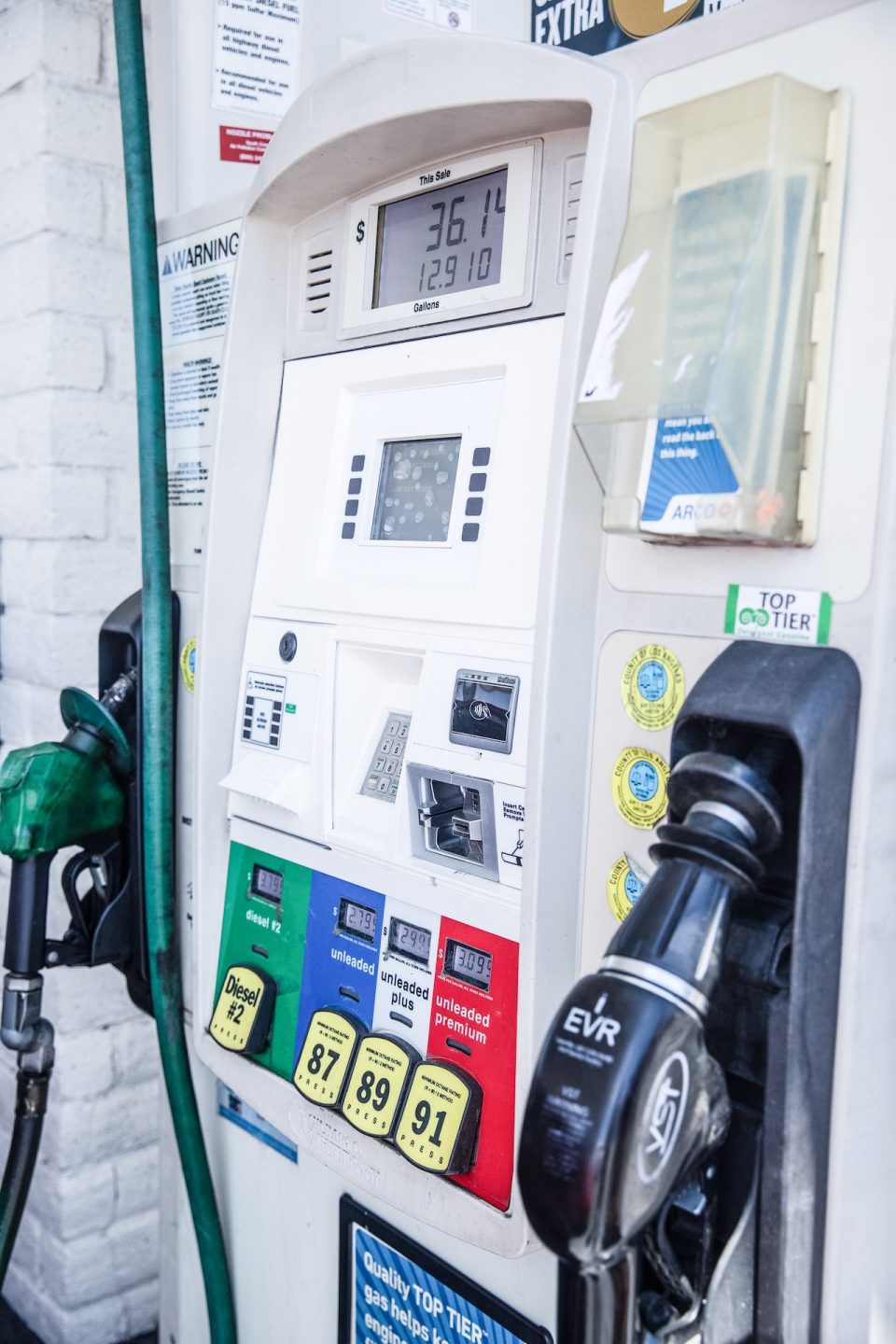The aftermath of Tropical Storm Hilary has left Southern Californians grappling with a trail of devastation, including flooding, power outages, and severe damage, while also ushering in a harsh blow to their wallets with an unprecedented surge in gas prices in California. As the storm system makes its exit from the region, motorists are contending with a painful spike in gasoline costs, as reported by the American Automobile Association (AAA). The average price of gasoline in the Golden State skyrocketed by 11 cents in the past week alone, reaching an alarming year-high of $5.26 per gallon, leaving residents to face the highest gas prices across the nation.
According to data released by AAA, the increase in gas prices in California sharply contrasts with the marginal 2-cent rise observed nationally, bringing the average to $3.87 per gallon. This discrepancy has driven California’s gas prices to reach their highest point since October, as confirmed by the U.S. Energy Information Administration (EIA), which unveiled that the average national price for a regular gallon of gas reached $3.96 in the previous week.
Industry experts have attributed the relentless surge in prices to a combination of factors, chief among them being the reluctance of sellers to engage with a market that faces potential disruptions to refining and power infrastructure due to the lingering effects of Tropical Storm Hilary. Tom Kloza, the global head of energy at Oil Price Information Service (OPIS), elucidated that wholesale prices have surged due to sellers’ hesitation to participate in a market that could be plagued by refiner and power losses.
The distinct nature of California’s gasoline blend, coupled with the state’s weighty fees, taxes, and environmentally-driven initiatives to curb carbon emissions, has historically rendered the state’s fuel more expensive to produce. Moreover, the threat of power outages and flooding stemming from Hilary’s impact further imperils California’s refining and distribution systems, thereby exacerbating the potential for yet another price hike in the imminent week.
Andy Lipow, an authority at Lipow Oil Associates, warned that should a refinery shutter operations due to flood-induced complications, consumers could face an additional 20-cent surge in retail gas prices, underscoring the swift transmission of such costs to end-users. Kloza additionally highlighted the likelihood of a drop in demand for gas in California as the cleanup efforts post-Hilary gain momentum, noting that such trends often accompany the aftermath of hurricanes.
The economic ripple effect, however, extends beyond the borders of California, as gas prices nationwide teeter on a delicate balance. Analysts project that the 15% surge witnessed in July was predominantly driven by fluctuations in crude oil prices. While predictions suggest a period of relative stability in gas prices, experts caution that the trajectory of crude oil prices, the potential for further hurricane activity, and the unpredictable nature of market dynamics are poised to dictate future price trends.
As residents of California grapple with the ramifications of Tropical Storm Hilary, the inflated gas prices stand as a stark reminder of the vulnerability of the market to unforeseen disruptions. Whether Californians must endure prolonged periods of high gas prices hinges on a complex interplay of market forces, further underscoring the importance of vigilance in monitoring the evolving economic landscape.
Source: Yahoo Finance

